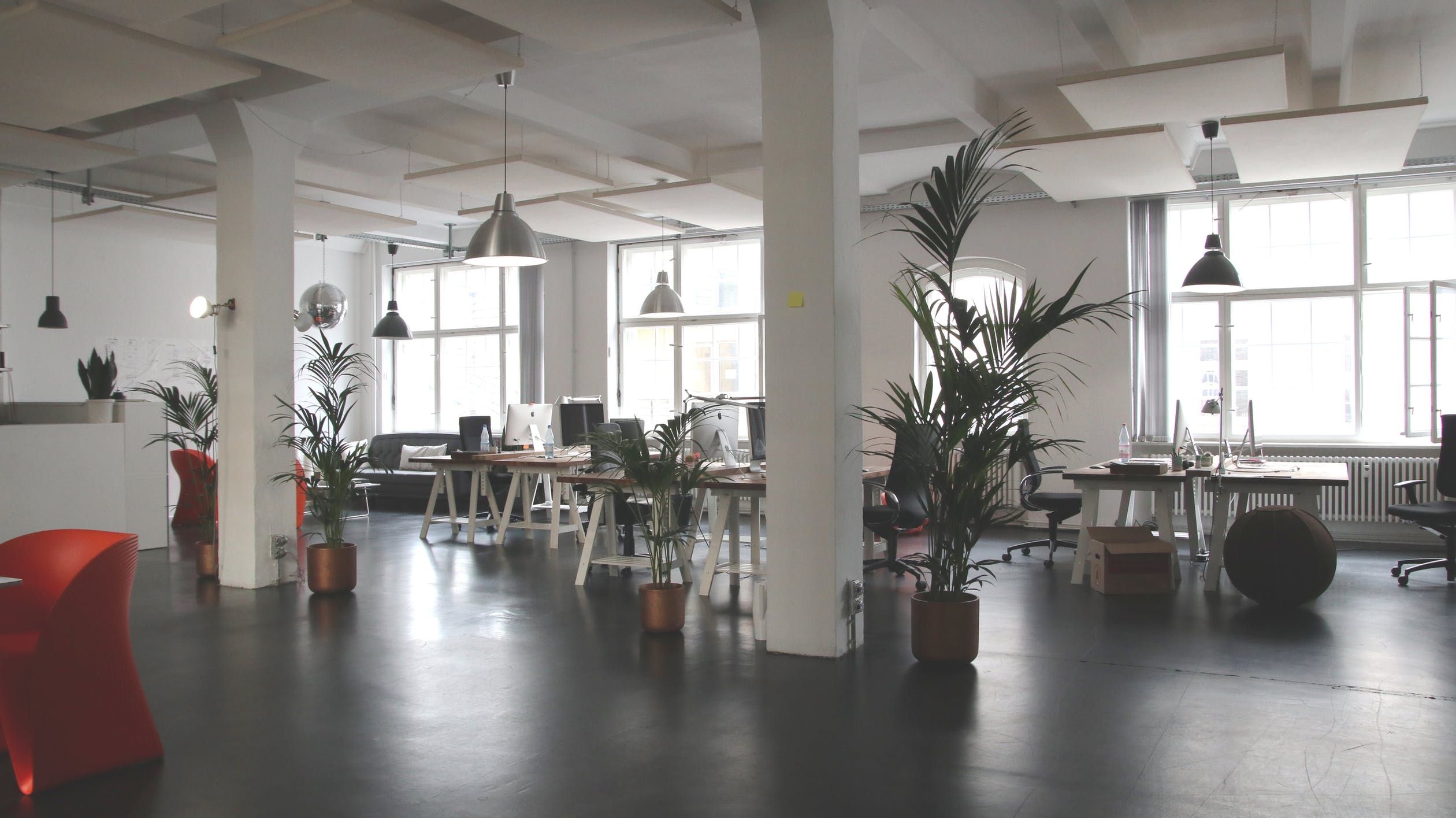The clocks went forward last weekend, which means it's now lighter earlier as our alarms go off, but we have lost an hour in bed. We've probably all read lots about adjusting to this from a sleep perspective and how an awful lot of people suffer from seasonal depression, but how important is light to our workplaces and the people who use them and how can we make sure we get it right?
Research shows that light has a profound impact on people. Our physical, physiological, and psychological health, and on our overall performance - particularly at work. Despite the fact this is proven, often it isn't considered adequately when planning and designing new workspaces.
Like many other factors of the workplace we tend to take light for granted.A little like air quality...
There aren't a lot of jobs that don't involve a computer in some way or another nowadays. While they bring an ease and speed to work, they also can create some physical challenges, particularly because a lot of traditional offices support lighting for paper-based work…Remember florescent lights? Because of this, we struggle with adjusting our eyes as we move from computer screen to white paper to glossy magazines or reports.And let's be honest, we all flick between tasks pretty much all day long. This leads to headaches, physical stress, and in a nutshell - lost productivity.

